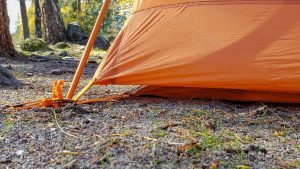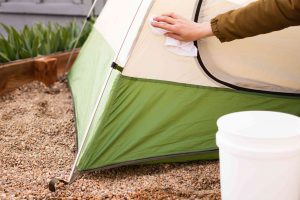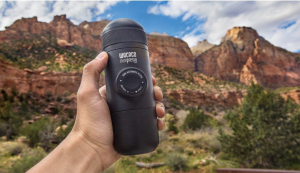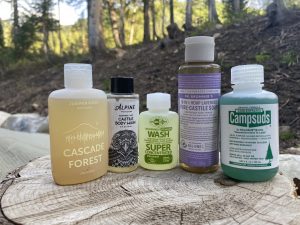Choosing a portable water filter can be difficult, especially when there are so many options to choose from. In this article, we will help you decide which one is best for you by breaking down the different types of filters and giving you an overview of each type. We’ll also go over some tips on how to make your decision, as well as a few reviews of our favorite models. So without further ado, let’s get started
Table of Contents
What is a Portable Water Filter?
A portable water filter is a device that you can use to purify dirty, contaminated water to make it safe for drinking.
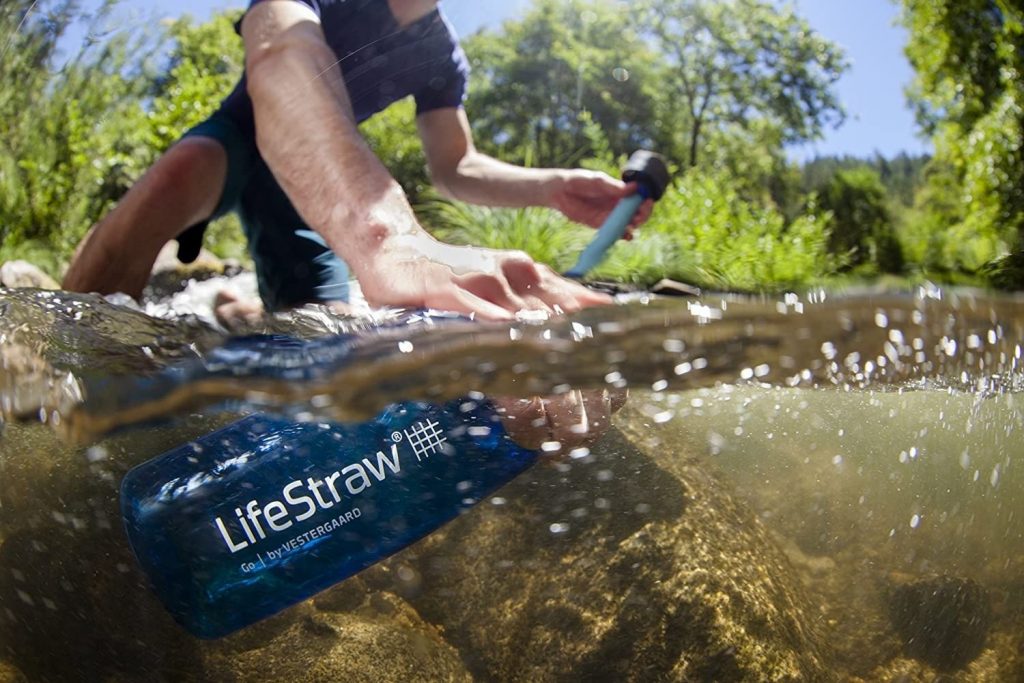
Types of Water Filters
There are a few different types of water filters, each with its own pros and cons. Here are the four main types of water filters:
- Canister Filters – Canister filters are the most effective type of water filter out there, but they’re also quite expensive. They use a very fine micron filter that helps to trap even the tiniest contaminants in your water.
- Pump Filters – Pump filters are slightly less powerful than canister models, but they usually cost significantly less too. These are great for outdoor activities where weight is a concern.
- Gravity Filters – Gravity filters work by pouring water into the top chamber, which then makes its way through the filter and into the bottom chamber. Gravity filters are super easy to use, but they take a long time (usually around 30 minutes) to filter a full container of water.
- Straw Filters – Straw filters are the least expensive and most basic type of portable water filter. They work by simply using a straw-like extension to drink directly from the source (although they can also be used with containers).
- Uv Filters – Ultraviolet (Uv) filters use a special bulb that kills viruses and bacteria using ultraviolet light. These filters are usually very small and lightweight, but they’re not as effective at filtering out sediment or chemicals.
- Chemicals – Chemical treatments are usually available as packets or tablets that you mix with your water. They work by neutralizing harmful chemicals and pathogens.
- Squeeze filters – Squeeze filters are a lot like straws, but they have a more advanced filter that can trap larger contaminants. However, if the water you’re using is very dirty or murky, you may have to pre-filter it with another method before squeezing it through the filter.
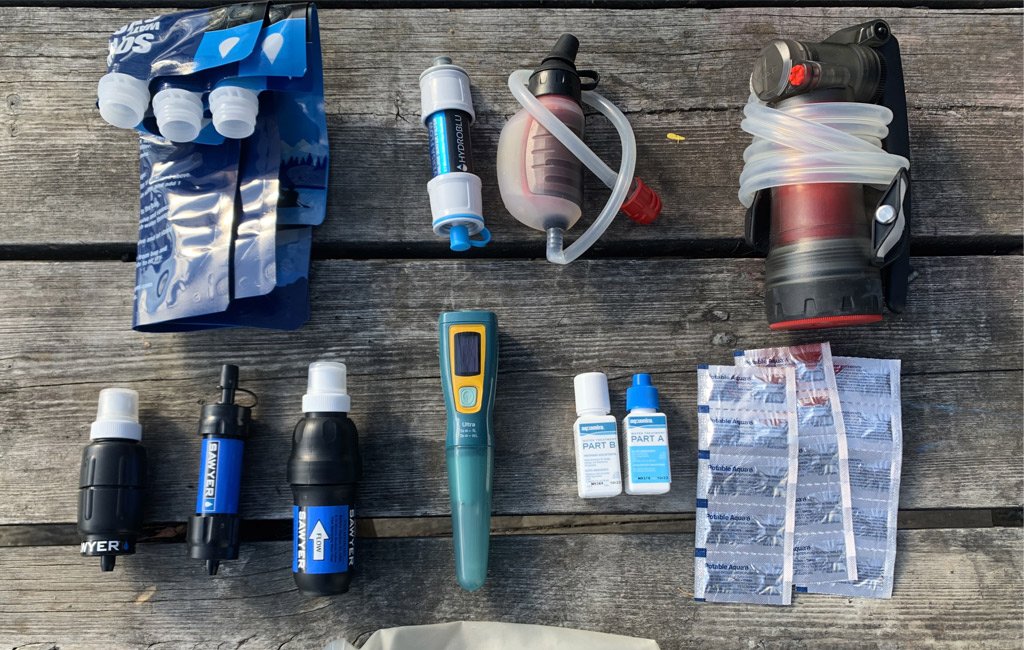
What to Look for in a Portable Water Filter
- Price – The price of the water filter is usually indicative of its overall quality. If you’re on a budget, you can still get a decent water filter for about $60. However, if you want one of the best portable filters on the market, you’ll probably have to spend around $200.
- Size – Size is another big consideration, especially if portability is a concern for you. You can get a basic water filter that weighs around 12 ounces, but it will only be able to purify about 100 liters of water before you have to replace the cartridge. If size and weight aren’t a major concern, then it’s usually not too expensive to get something that can filter around 1000 liters.
- Purification Capacity – The purification capacity of a water filter is usually measured in gallons or liters, and it’s usually how the filter cartridge is rated. For example, some filters might be able to purify 100 gallons or 300 liters before you need to replace the cartridge.
- Filter Life – A filter’s life is how long it’ll last before you have to replace the cartridge with a new one. You can usually find this information in the filter’s specifications.
- Filter Type – There are a few different types of water filters, but they’re usually classified based on how many stages of filtration they have. The most basic filters are usually just a single-stage filter, which is designed to remove sediment and other large particles from the water. These filters usually only have a purification capacity of around 100 liters, but they’re very lightweight and portable.
- Portability – As you can probably guess, the portability of a filter is determined by its size and weight. A single-stage water filter might only weigh about 12 ounces, but a two-stage filter will usually weigh twice as much.
- Filter Material – A water filter’s material is also important to consider if you want one that will last for a long time. You can get models made out of BPA-free plastic or stainless steel, but plastic is usually less expensive and lighter in weight.
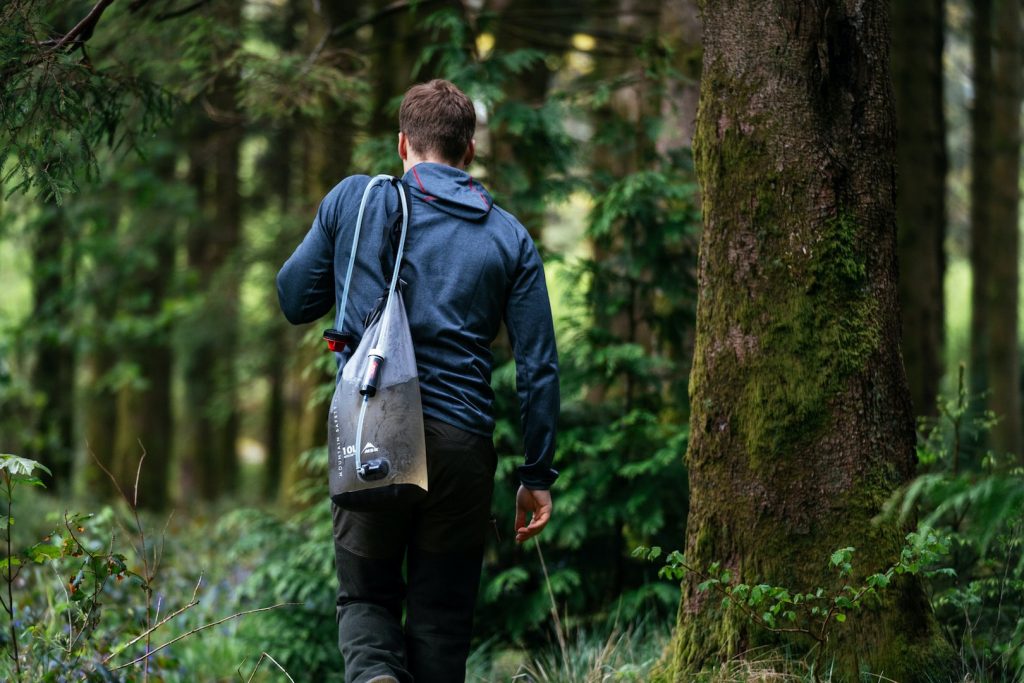
- Filter Cartridge – Finally, you’ll want to look at the cartridge that comes with your filter. You can usually replace it with a new cartridge in order to make your water filter last longer, but some filters don’t allow this.
- Micron Rating – The micron rating of a filter cartridge is usually how small it can trap contaminants. For example, some models have cartridges that are rated to eliminate particles as small as 0.01 microns, but others only have filters that can catch contaminants with a size of up to one micron.
- Speed and Efficiency – The speed and efficiency of a filter cartridge are usually measured by how many liters of water it can purify per minute. Some filters have cartridges that can purify a liter in as little as 30 seconds, whereas others take about two minutes to do the same thing.
- Filter Media – The filter media that comes with your cartridge is also important to consider. You can get models made out of different types of materials, such as activated carbon, ceramic, or even sand.
- Cartridge – The cartridge is usually what you’ll need to replace the most when it comes time to maintain your filter. Some models have cartridges that can be replaced, but others only work when you’ve replaced the entire filter.
- Ease of Use – How easy your filter is to use will also depend on how many stages of filtration it has. The most basic filters usually only require you to put the cartridge into a water container and wait until it’s filtered. More complex filters might require you to screw cartridges together, but they’ll usually have replaceable parts that are easy to clean.
Note: You should also consider whether or not the filter comes with a manual because you might need to replace some parts in order to make it work again.

6 Methods of Purification
- Boiling – Boiling is the most effective way of purifying water, as it kills all types of pathogens. The only downside is that you have to wait for the water to boil before drinking it, which can take a long time if you’re in the wilderness.
- Chemical Disinfectants – Chemical disinfectants are available as packets or tablets that you simply mix with your water. They work by neutralizing harmful chemicals and pathogens, but they usually take at least 30 minutes before you can drink the water.
- UV – UV filters use a special bulb that kills viruses and bacteria using ultraviolet light. These are usually very small, lightweight models but they’re not nearly as effective at filtering out sediment or chemicals.
- Filtration – Filtration systems can remove sediment, chemicals, and other harmful substances from water. Most of these filters have a micron rating that ranges between 0.01 and 0.35 microns, which is more effective than a simple filter cartridge.
- Distillation – Distillation is a method of purification that can remove pollutants from water, but it usually doesn’t eliminate microorganisms. You have to boil the water several times in order to get rid of the chemicals and pathogens, which can take a long time.
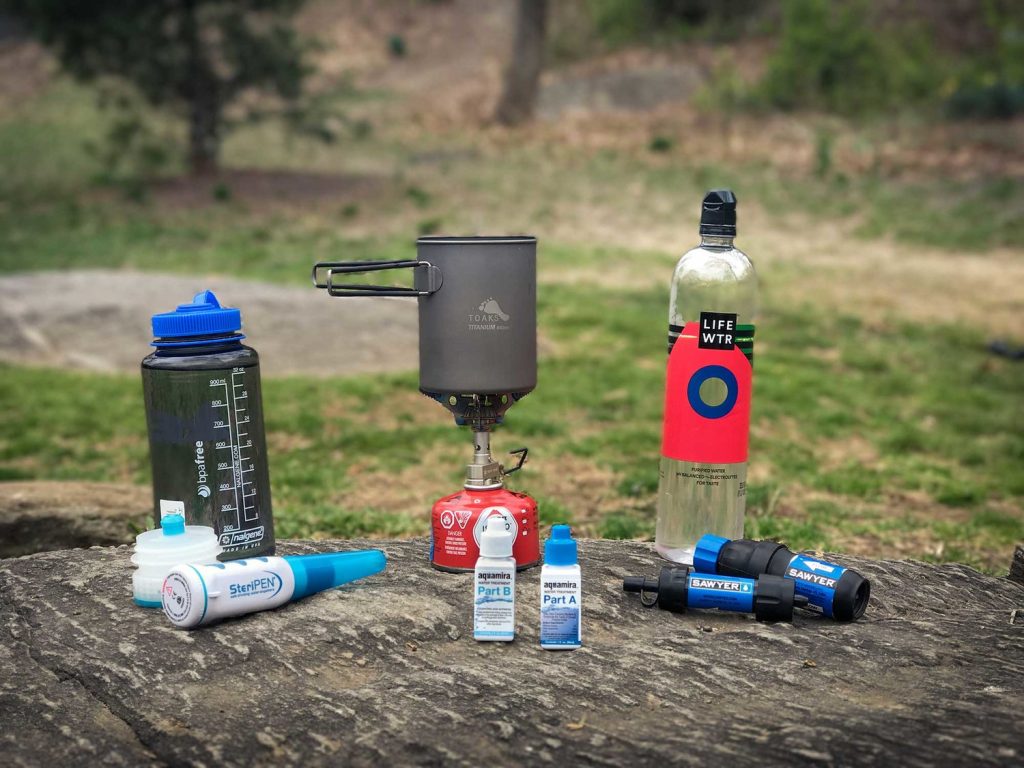
5 Common Risks for Drinking Untreated Water
The most common risks for drinking untreated water are bacteria, viruses, and other contaminants that can cause diarrhea. These pathogens will typically be found in lakes, rivers, and ponds near farms or urban areas.
- Viruses – Vir viruses are usually found in water sources that have been contaminated with sewage, which means that they’re common in lakes, rivers, or ponds with nearby farms.
- Parasites – Parasitic organisms are usually carried by animals and they’re often found in lakes, rivers, or ponds with nearby farms.
- Bacteria – Bacterial pathogens are usually common near large bodies of water, such as rivers or lakes. They can survive in these types of environments for a long time because they reproduce rapidly when conditions are right.
- Protozoa – Protozoan parasites are usually common in ponds, lakes, and rivers that have nearby farms.
- Chemicals and heavy metals – Chemical pollutants and heavy metals are often found in rivers, lakes, ponds, and reservoirs that have nearby farms.
Note: If you’re not sure whether or not the water you’re drinking is contaminated, you should always treat it before drinking. Most water filters will remove most pollutants, but you should always carry a chemical disinfectant just in case.
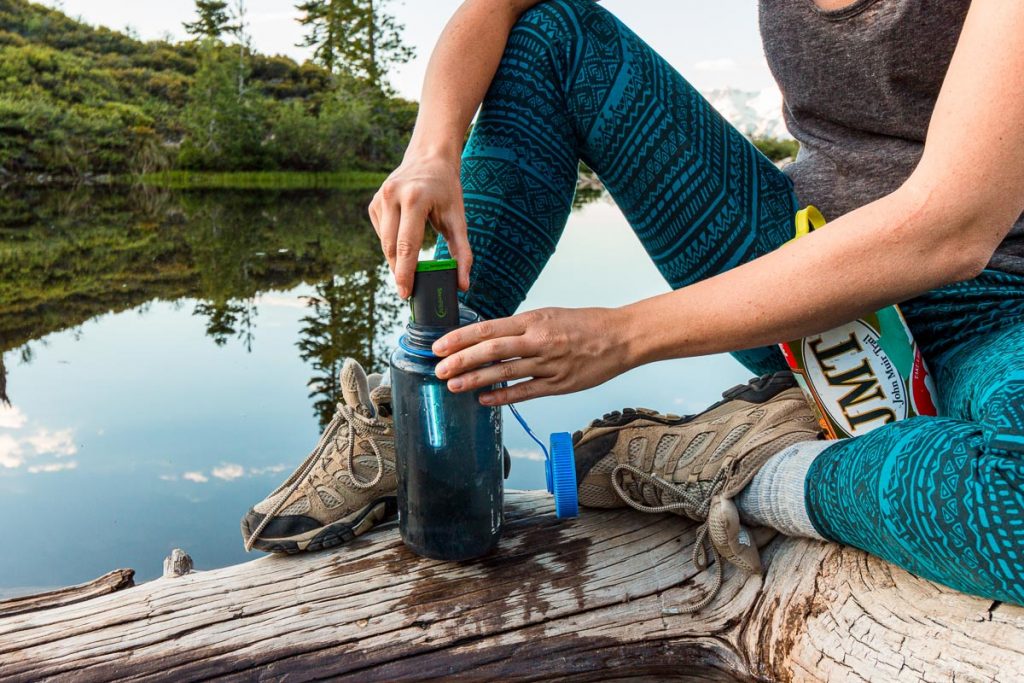
10 Common Types of Contaminants
There are several types of contaminants that can cause illness if they’re ingested, such as arsenic and fluoride.
- Arsenic – Arsenic is usually found in groundwater that’s been contaminated by mining activity.
- Fluoride – Fluoride is usually found in groundwater and it’s a byproduct of aluminum processing. It can also be released into rivers and lakes from the burning of coal and oil.
- Nitrate – Nitrate is usually found in groundwater, especially near farming areas where fertilizer has been used for many years.
- Iron – Iron is usually found in groundwater and surface water, particularly after heavy rainstorms.
- Manganese – Manganese is usually found in groundwater and it’s a byproduct of mining activity.
- Copper – Copper is usually found in surface water, especially after rainstorms, and is a byproduct of mining activity.
- Lead – Lead can be found in surface water near metal mines or factories. It’s also commonly found in groundwater.
- Oil and Gas – Oil and gas can be found in surface water near oil well sites or natural gas extraction wells.
- Selenium – Selenium is usually found in groundwater, especially near coal plants or oil refineries.
- Zinc – Zinc is usually found in groundwater, particularly near metal mines or factories.
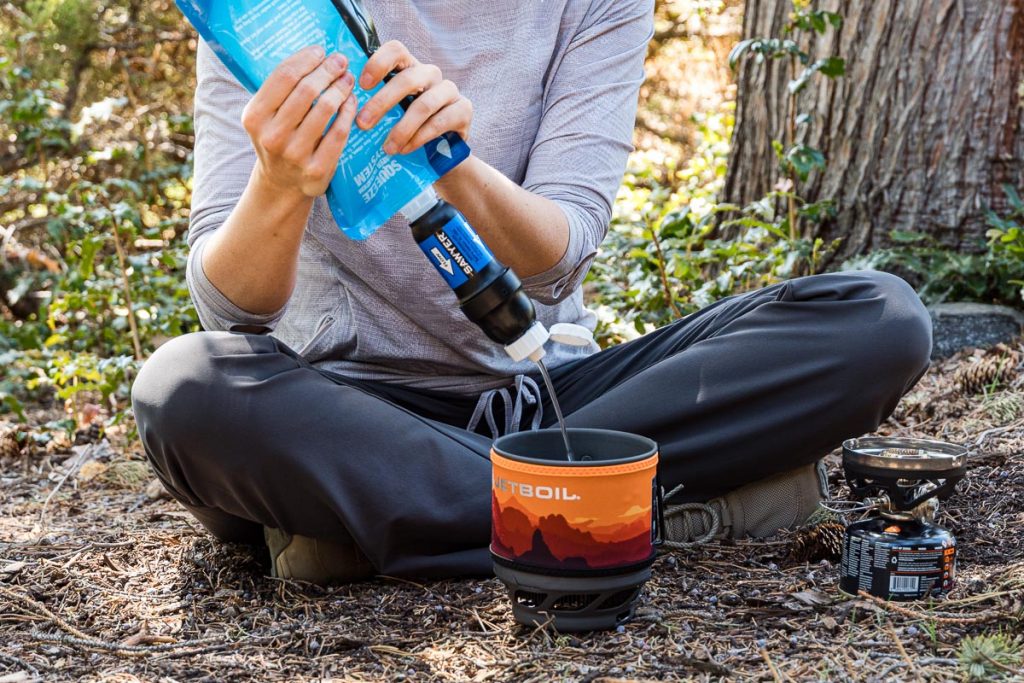
How to Use a Water Filter
It’s important to understand how your water filter works before you use it. Some filters work by physically trapping contaminants, but others need an additional chemical disinfectant to kill bacteria, viruses, and other pathogens. You should also know whether or not your filter needs maintenance before use so that it will work properly.

Water Filters vs. Water Purifiers: What’s the difference?
Water filters remove contaminants from water, but they don’t usually kill viruses. You should always carry a chemical disinfectant with you because it will eliminate these pathogens and make the water safe to drink.
Water purifiers are similar to filters, but they’re designed to kill viruses. They usually use chemicals like iodine or chlorine to do this. They are usually used with a water filter to get rid of other contaminants.

Safety Tips
- Always wash your hands before handling your water filter or purifier to reduce the risk of contamination.
- It’s important to make sure that your pump is working properly before using it, otherwise, there’s no point in filtering any water at all.
- It’s best to always carry spare parts for your pump-style water filtration system in case something goes wrong. Most filters can be cleaned using hot, soapy water and a pot scrubber if the filter becomes clogged or dirty.
- Make sure your water filter is rated to remove the contaminants you want before purchasing a new one.
- Most filters will not eliminate chemicals or heavy metals, so always carry iodine tablets with you in case of an emergency.

FAQ
Q: How do I filter water with a pump-style system?
A: Pump filters usually have two chambers. The first chamber is where you add your dirty water and the second chamber has the filter cartridge inside it. You then place the lid on top along with your pumping mechanism, which pushes clean filtered water out of one spout and dirty water out of another. Some filters have a hose attachment so that you can drink directly from the spout without having to remove the lid.
Q: What are iodine tablets?
A: Iodine tablets are small, dissolvable pieces of disinfectant that kill bacteria in contaminated water using iodine. They’re usually used in conjunction with a water filter and they should be stored in a waterproof bag.
Q: Why do you need to store iodine tablets in a waterproof bag?
A: Iodine tablets can lose their effectiveness when exposed to light or heat, so it’s best to store them somewhere cool and dark until you’re ready to use them.
Q: How do I know if my water filter is rated to remove the contaminants I want?
A: Quality filters have a micron rating listed on their packaging. This number will tell you how small of an impurity it can trap, which means that higher numbers are better. For example, a 20-micron filter has very small holes, which means it can remove impurities as small as 20 microns.
Q: What is the difference between a water filter and a purifier?
A: Water filters only remove contaminants from your drinking water while purifiers are designed to kill viruses along with other pathogens like bacteria or protozoa. Some higher-end models will remove heavy metals as well.
Q: How do I take care of my sports-style water filter?
A: Sports filters are usually the easiest to clean because they don’t have a cartridge, which means you can simply unscrew them and give everything a thorough cleaning with hot, soapy water. It’s also important that you dry all of the parts completely before putting your filter back together.
Q: How do I clean a pump-style water filtration system?
A: Pump filters usually have two chambers, which means you need to make sure that both pieces are thoroughly dried after cleaning them. Once dry, you can put all of the components back together and store them for your next trip.
Q: How do I know if my water filter is working properly?
A: You should always test your water filter before using it. To do so, add a cup of dirty water to the first chamber and pump clean filtered water into a clear glass or empty bottle. If you can see solid contaminants in your container while you’re pumping out clean drinking water then it isn’t working properly and may need to be replaced.
Q: How do I know if my water filter cartridge needs to be replaced?
A: If your water doesn’t come out as clear and clean as it normally does, then the filter might need to be changed. It’s also a good idea to change your cartridges before going on long trips or every six months regardless of use.
Q: How do I clean a ceramic water filter?
A: Ceramic filters are similar to pump-style filtration systems and should be cleaned after each use. You can remove the cartridge from your system for cleaning, but it’s best to let it sit in boiling hot water for about ten minutes before scrubbing with soapy water.
Q: How do I choose the right portable water filter for me?
A: Start by making a list of all of your needs and wants so you can prioritize them before choosing a filter. It’s also important to consider what kind of environment you’ll be using it in most often, where exactly you plan on going, what your budget is, and how often you plan to use the filter.


